How To Get Rid of Common House Pests
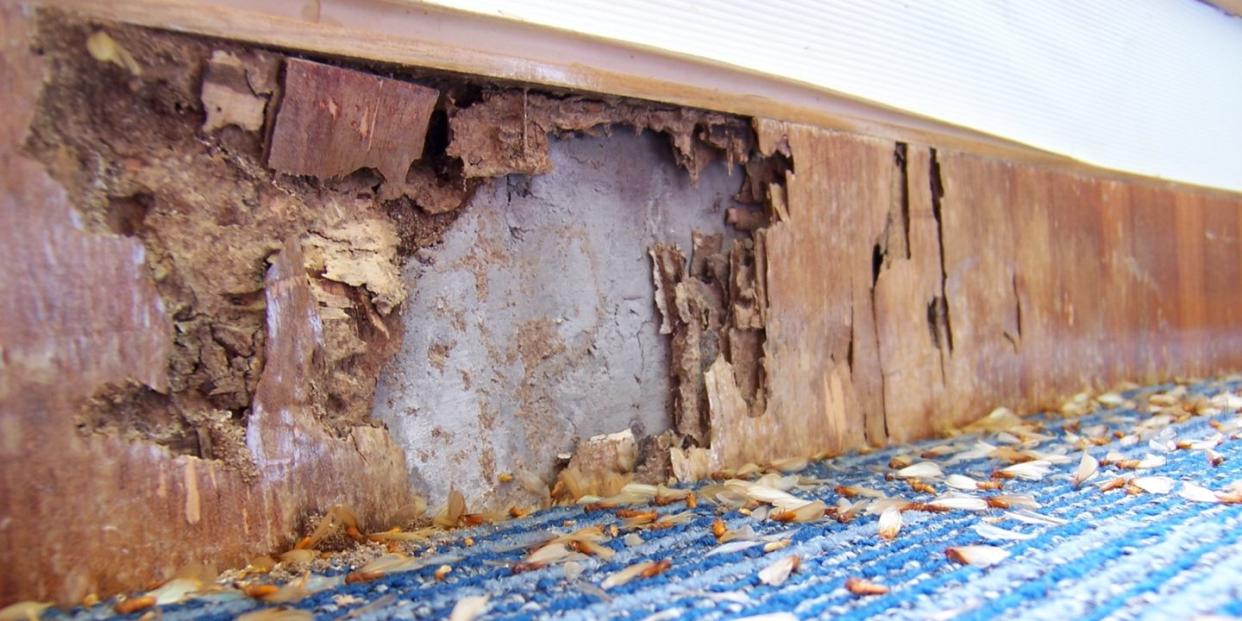
One unintended consequence of creating a cozy, comfortable home is that it becomes an inviting habitat for creepy, crawly pests, including all manner of insects and rodents.
Here, I’ll discuss how to detect which pests have moved into your home, and then offer ways to evict them.
Pest Identification
Since most pests prefer to avoid human interaction, you might not realize you’ve got a pest problem until it’s too late. For example, you’ll likely see mouse droppings on countertops long before you ever see a mouse. And, like most pests, if you see one mouse, you can be sure there are plenty more hidden from sight. And if squirrels or bats get into your home, you might not see them, but you’ll surely hear them scratching inside the walls and above ceilings.
Termites are the most destructive of all pests and they, too, can be difficult to detect until they start devouring your home. Of course there are plenty of pests—ants, cockroaches, gnats, moths, flies—that are easy to detect because you can see them scurrying around or flying through the air.
The good news is that once you’ve discovered and identified the pest, there are several very effective DIY solutions to eradicating the infestation. Here now, is a brief look at ways to control common household pests.
Mice
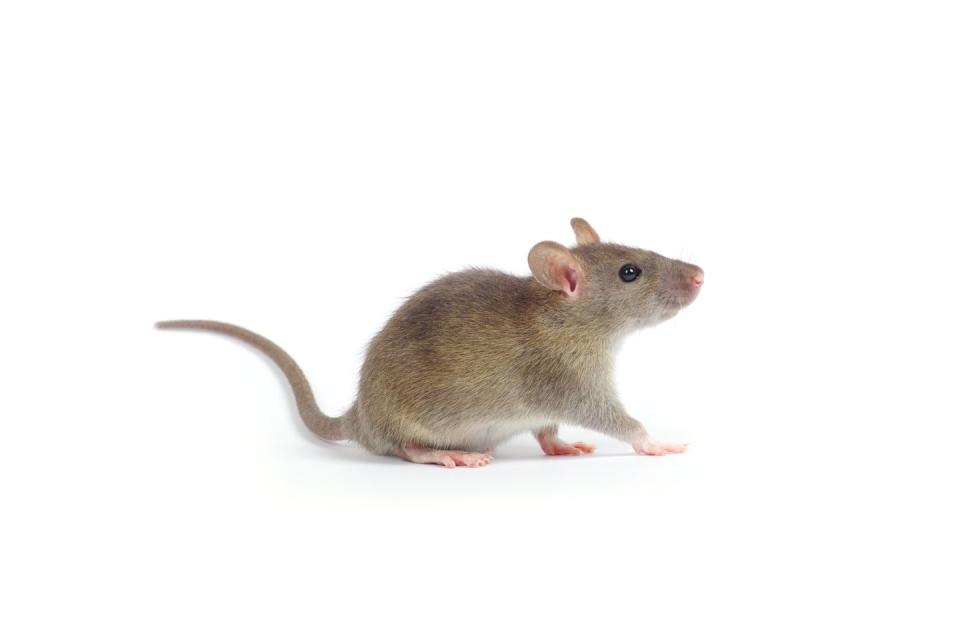
Mice and other small rodents typically enter our homes during the winter as they look for a warm, dry place to live. Then, come spring, they usually move outdoors to forage and raise a family—usually, but not always. To keep mice from moving in, start by sealing up all holes, cracks and gaps around the exterior of the house. Stuff large spaces with stainless steel wool pads or rolls of stainless steel wool. Then spray in some expanding foam sealant to create a near-impenetrable barrier.
💡You can use regular expanding sealant, or one specifically designed to deter mice and other rodents. Fill smaller cracks and crevices with silicone caulk.
Once the mice are inside your house, you’ll have to set traps to catch them. There are many different types of mousetraps available, including some catch-and-release ones, but old-fashioned snap traps are still extremely effective at killing mice. Sticky glue traps are also excellent at catching and killing mice.
Regardless of what type of trap you use, set them near walls and cabinet toe kicks. Mice don’t like running out in the open and will normally scurry along very close to walls and other vertical surfaces. And be sure to check the traps every day, resetting them, if necessary. By the way, the best baits for mousetraps are peanut butter, soft gummy candy, wet dog food, and cheese, of course.
Cockroaches
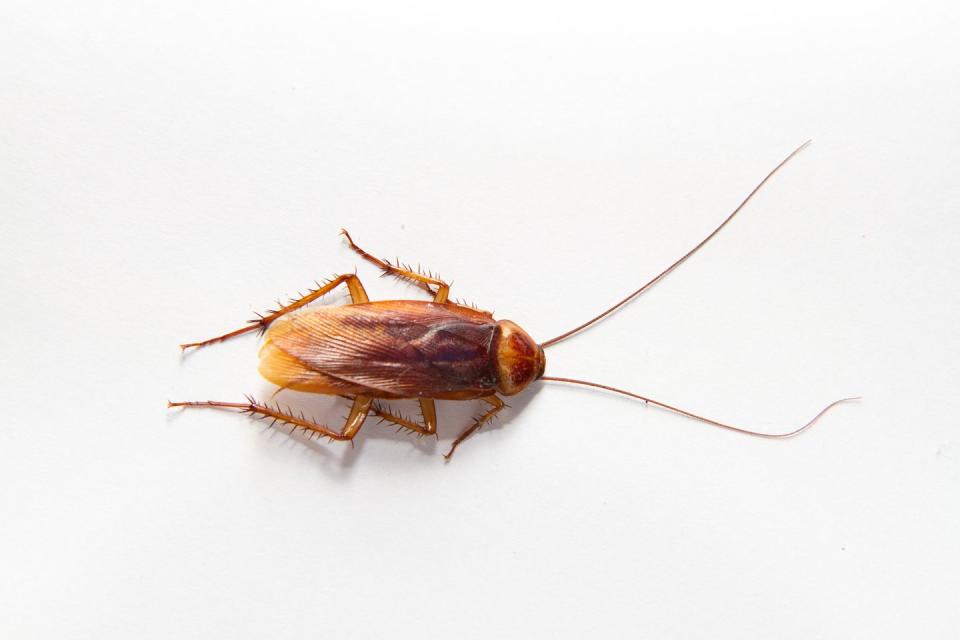
Eradicating cockroaches can be challenging because they multiply so quickly. By the time you see one roach, there are probably hundreds or even thousands hiding just out of sight. Cockroaches need three things to live among us: water, food and hiding places. Eliminate these necessities and the cockroaches will eventually move on.
Start by checking for leaks under sinks, beneath the dishwasher and behind the refrigerator. Repair dripping faucets, wipe dry all countertops and empty pet water bowls at night. Use caulk, expanding foam sealant or pieces of sheet metal to seal up holes and cracks around cabinets, floors, walls and windows. Pay particular to oversized holes around plumbing pipes and electrical cables; cockroaches can squeeze through gaps as narrow as 1/8 inch.
Clear out food-storage cabinets and wipe down the shelves. Store dry food, such as cereals, crackers, cookies, and chips, in airtight food containers. And routinely clean the inside of ovens, toasters and toaster ovens to remove all crumbs and grease.
Once you’ve eliminated the cockroaches’ supply of food and water, you can begin a campaign to kill them, or at least drive them from your home. There are plenty of poisonous roach sprays available that do a good job of killing roaches, but they’re not always effective because many of the roaches will scurry away only to return once the spray loses its effectiveness. Here are some alternative ways to kill roaches:
Blow boric-acid dusting powder into all tiny cracks and crevices. Place the boric-acid tablets or cockroach bait stations inside of kitchen base cabinets and behind appliances. And arrange glue traps around the floor or wherever you see roaches.
💡 These methods can also be used to rid your home of ants.
Flies and Gnats
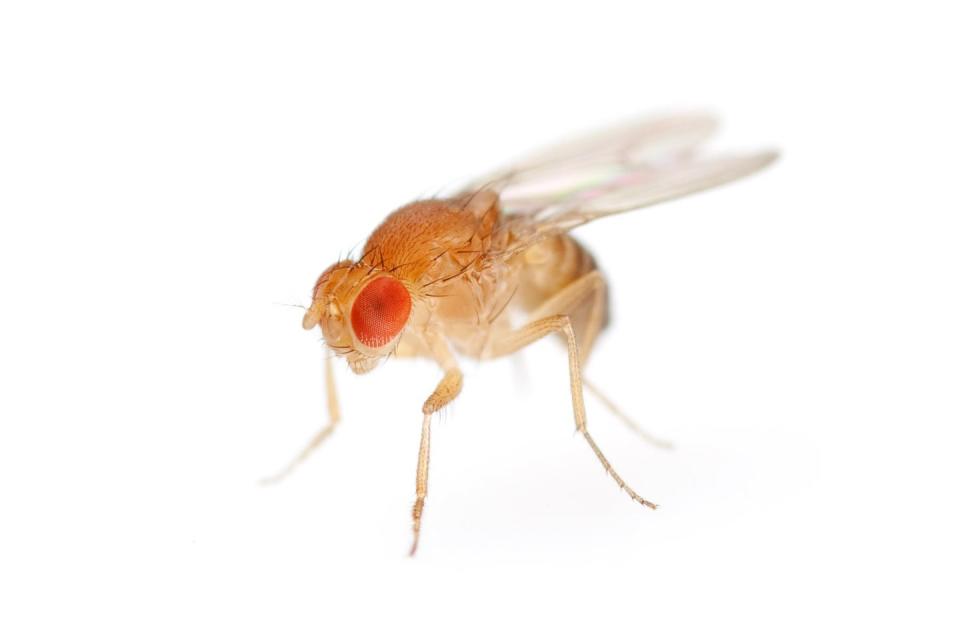
An infestation of houseflies, gnats, fruit flies, midges and other flying insects is best remedied by a multi-level approach. Start by making sure all windows and doors close tightly and are properly weather-stripped. And repair all rips and holes in window screens. Again, there are bug sprays formulated to kill these pests, but all too often they simply fly away only to return once the air has cleared.
Old-fashioned sticky fly paper has been a trusted way to catch flying bugs for generations. Just hang the sticky paper wherever you see the pests and wait for them to fly into the exposed adhesive. Traditional ribbon fly paper works well in most areas. But if you’ve got flies collecting around windows, try window fly traps. Just stick the clear plastic sheets to the windowpane, then peel off the protective facing to expose the bug-trapping adhesive.
If you’ve got an infestation of fruit flies or gnats, places some rotted fruit in a bowl and cover it with plastic wrap. Poke several holes in the plastic with a round toothpick. The bugs will be attracted by the fermented fruit and crawl through the holes. Once inside the bowl, they won’t be able to fly out.
Here’s another way to trap flying bugs: Into a bowl pour one cup of warm water, four tablespoons of apple cider vinegar, two tablespoons of sugar, and 12 drops of liquid dish soap. Mix well and then place the bowl out in the open. The scent of the sugar and vinegar will attract the gnats, but once they land on the surface, they’ll become trapped by the dish soap.
Termites
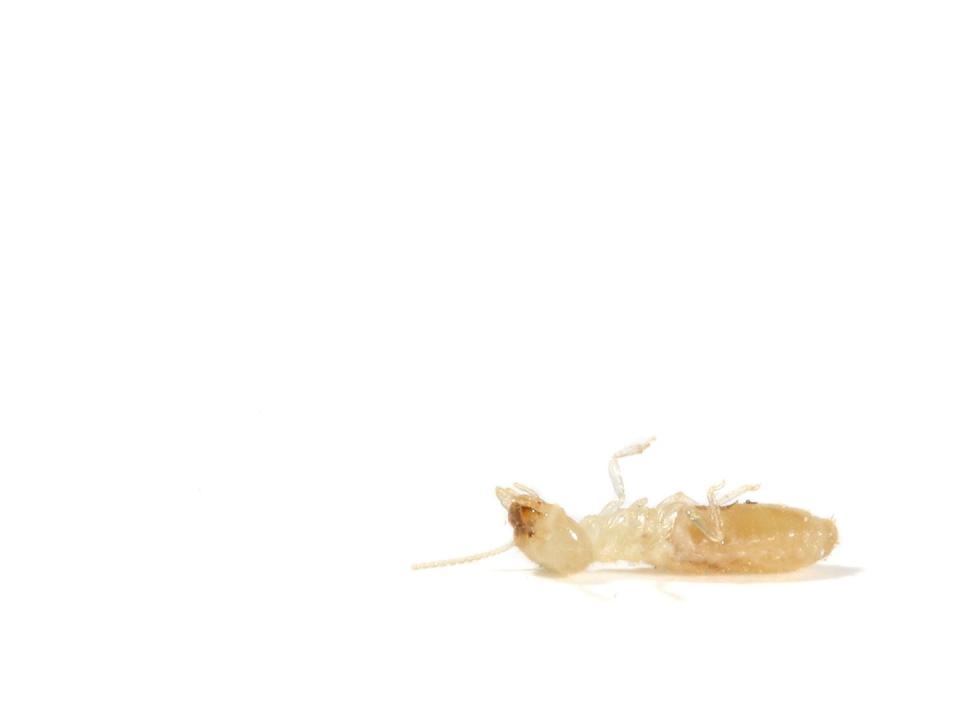
Termites can be very destructive, chewing through wood framing at an alarming rate. And to eliminate an extreme and very advanced infestation, your best option is to call in a professional exterminator. However, in most cases, there are a several DIY treatments that are effective at killing termites.
Install poisoned bait stations around the perimeter of your home’s foundation. Each bait station consists of a hollow plastic tube and round plastic cap. Inside the tube is a poison-laced wooden stick that attracts foraging termites before they reach your house. And because termites bring the toxic wood fibers back to the nest, bait stations are effective at wiping out entire colonies. Place the bait stations about 3 ft. away from the house foundation and space them no more that 8 to 10 ft. apart.
Create a poisonous perimeter barrier by spraying a swath of liquid poison around your home’s foundation. Any termites that come in contact with the deadly liquid will die or carry it back to the colony where it’ll poison other termites. Mix the concentrated poison with water and pour it into a pump-up garden sprayer. Next, dig a 6-in. x 6-in. trench around the perimeter of the house, spray the poison into the trench, then back fill the trench with the excavated soil.
For a less toxic way to kill termites, use boric acid. Place the fine powder into a manual duster and spray it directly onto termite-damaged wood and into cracks, crevices and holes in walls, floors and ceilings. The acid attacks the termites’ digestive systems, killing them within a few days.
You Might Also Like

 Yahoo News
Yahoo News 
